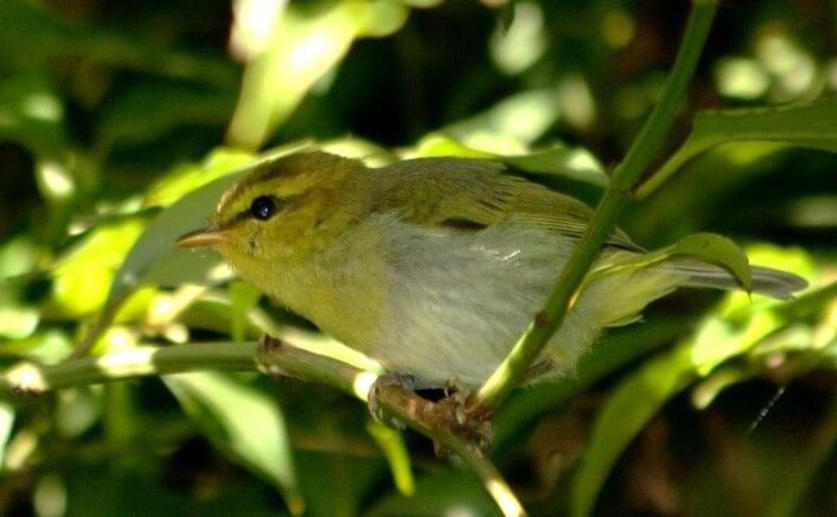
This archived news article is over 5 years old.
Citizen Science Project Shows That Deforestation Is Impacting South Africa’s Forest Birds
Stephanie Wolek
6th February, 2017


Stephanie Wolek
6th February, 2017
